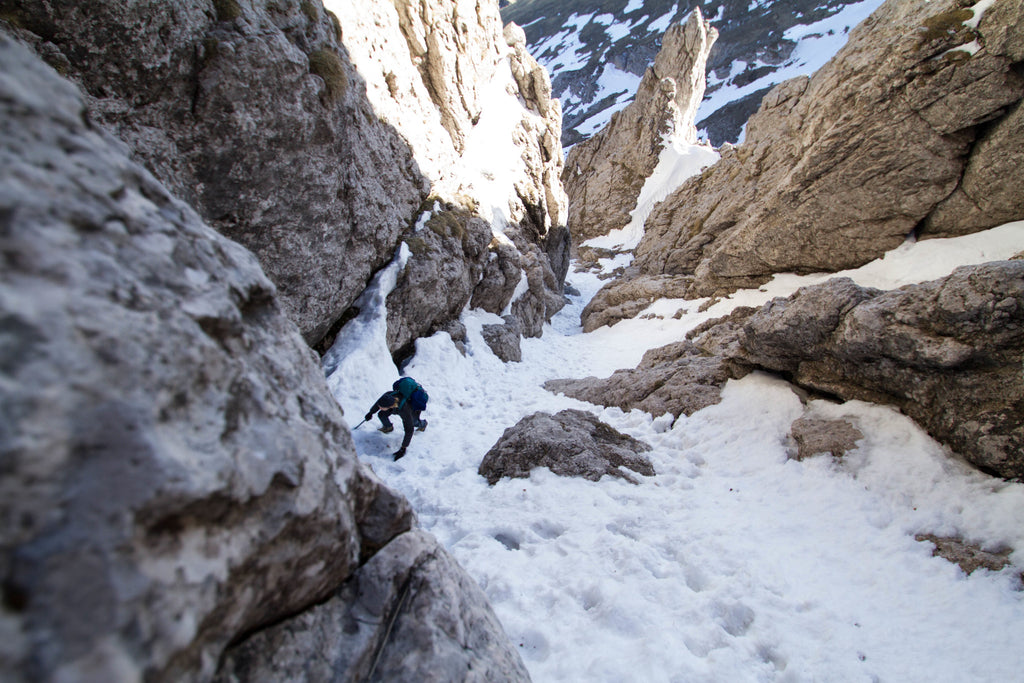mahabis stories // discovering rjukan, norway
The place behind the name for our Rjukan Red sits at the foot of Norway's most beautiful mountain, Gaustatoppen. Rjukan itself is a UNESCO world heritage site, and has a rich history to boot.
The town is named after Rjukan Falls, a 104m waterfall to the west. Literally translated it means 'the smoking waterfall', a nod to the froth and mist it creates, and giving it an air of mystery. The waterfall is a hugely popular tourist attraction in the area, as well as a great feat of engineering. It generates a huge amount of electricity and was one of the first waterfalls to be illuminated by the electricity it produces. The falls have been a muse for many an artist and are also a draw for ice climbers when the temperatures drop. It's touted as one of most well known ice climbing destinations in Europe, with over 140 frozen waterfalls, and good climbing infrastructure.

Another natural beauty in the area is the Hardangervidda National Park, which features the beautiful mountain of Gaustatoppen. In the summer it's a common hiking destination and in winter, the perfect landscape for skiing. The hotels in the mountains are famed within Norway and staying in a 'høyfjellshotell' is highly recommended for a traditional experience. If it's traditional food you're looking for then all accounts indicate you should head to Rjukan Fjellstue. Around 12km outside the town, and claiming to serve food from 'nature', dishes include reindeer, sour cream pudding, trout, salmon, waffles and pastries.

Due to it's positioning in the valley, the town lies overshadowed by the surrounding mountains and for seven months of the year receives no direct sunlight. In 1928, the Krossobane Cable Car was built so that residents were able to reach the summit and get some sunlight. One of the first in Northern Europe, it was gifted from the owners of the hydroelectricity plant at the time - Norsk Hydro - to the town. The cable car still runs to is day and has two cars, (named after the cranberry and blueberry in a testament to the Nordic love of berries) which travel up 886m to some of the most stunning views available in the area.

If the idea of a 90 year old cable car sends you a little skittish, there's also the 'Gaustabanen', a funicular which carries passengers deep into Gaustatoppen and right to the top. This was opened in 1959, and the steep ride was primarily used by Norwegian Army. Luckily for us, it was opened to the public in 2010. The most recent of incredible solutions to the shadow problem was completed in 2013 and cost 5 million kroner. Huge mirrors were installed atop the mountains to redirect the sunlight to the town.
It's rich history is also embedded in the water of the falls. One of the few places in Europe to make heavy water, an important ingredient in the first nuclear bombs was Vemork. During the second world war, the plant was attacked by resistance fighters. The mission ended up being critical in preventing Germany from developing the atom bomb. For those interested in the history there's an Industrial Workers’ Museum which is full of the tales of years long passed, and the importance of Rjukan in the history of Europe.
If you enjoyed our post, feel free to share it via our ready to go tweet.


